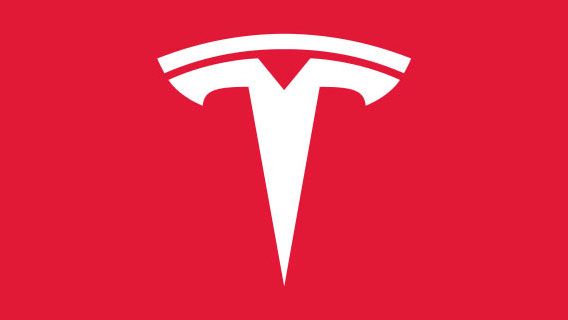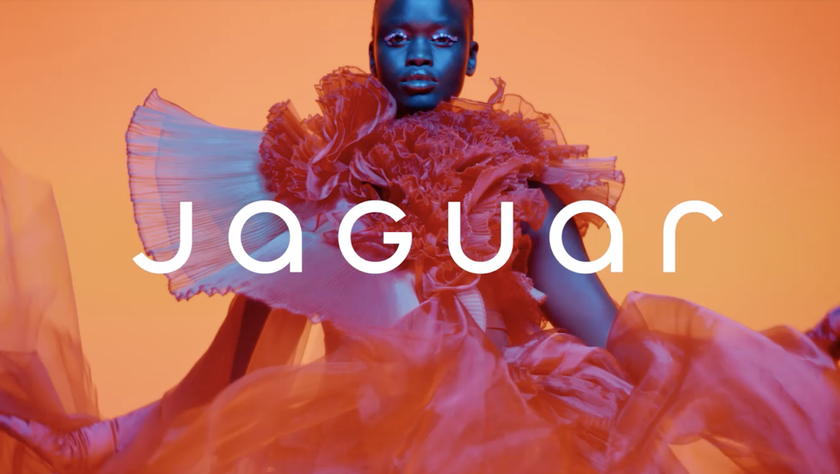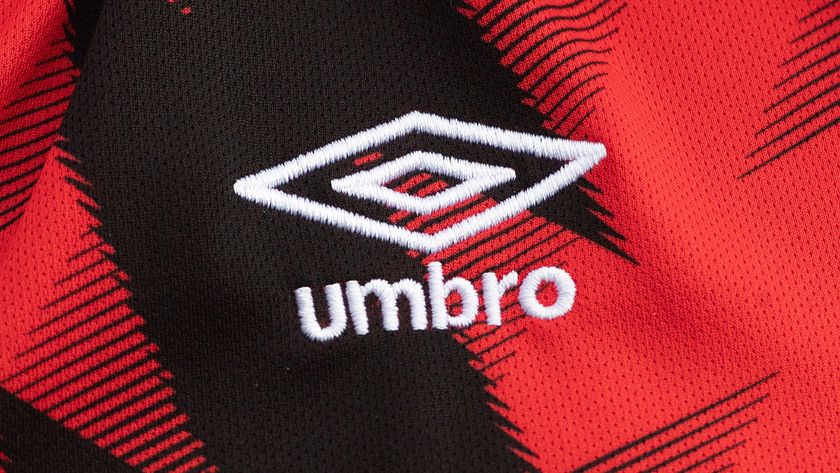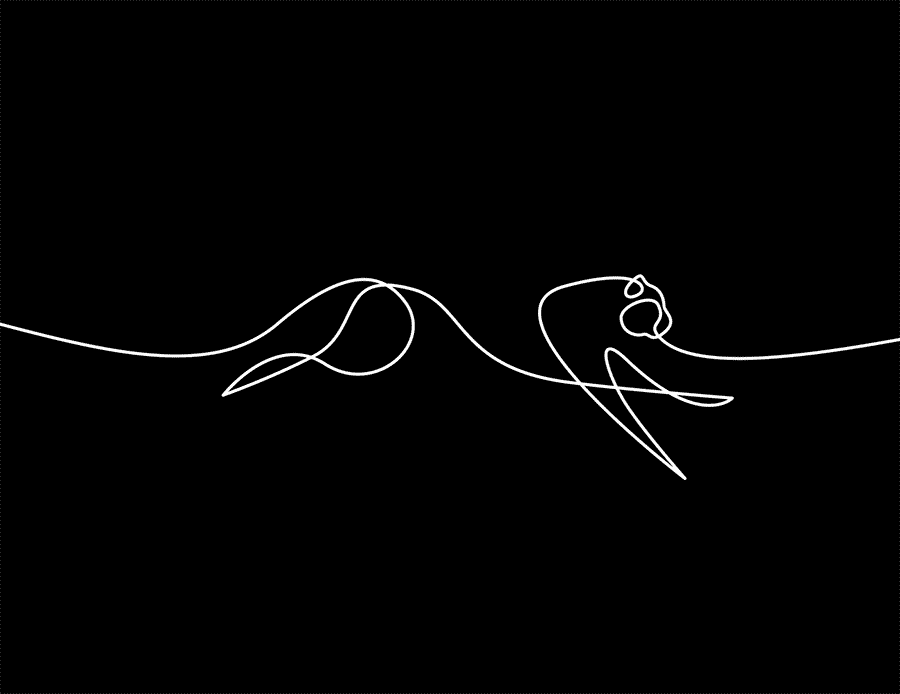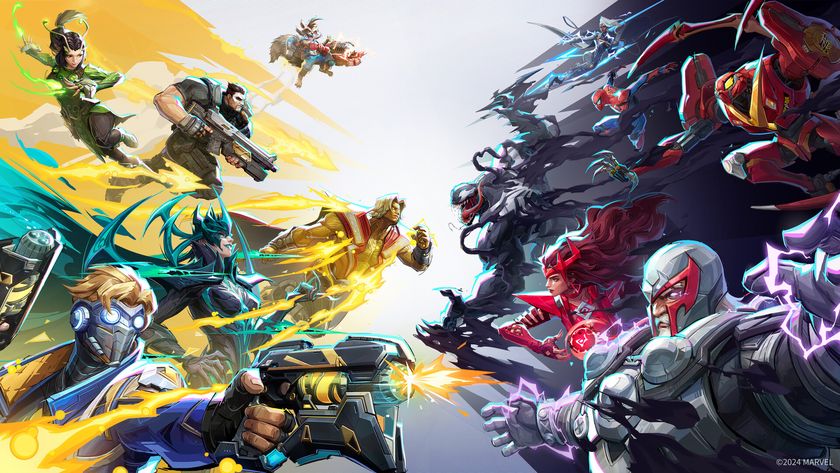Why Jaguar's risky rebrand should be applauded
Where other brands have played it safe, Jaguar went bold – for better or worse.
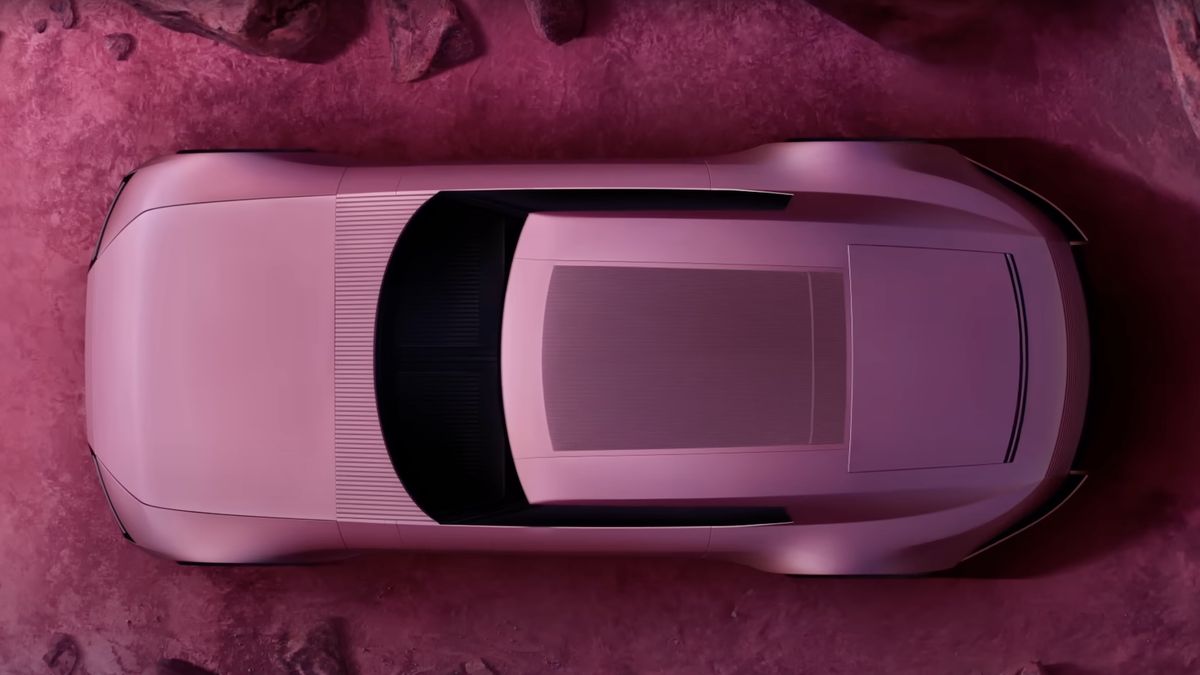
In a world where big brands often play it safe and bow to category convention, Jaguar’s radical repositioning should be applauded. It dominated the news cycle, it ensured all eyes were on the Miami EV unveiling, and it drew more commentary than anyone could have predicted. It went from a brand once associated with Morse to one with Skepta as a bonafide brand ambassador: now that’s quite the pivot.
But it was also a rebrand that drew scrutiny – and understandably so. This wasn’t just a minor design refresh, a tweak to a feline tail; it was a radical repositioning aimed squarely – and not subtly – at a younger (and supposedly more ‘progressive’) audience. If the goal is relevance in the crowded luxury EV market, differentiation is a prerequisite. But differentiation without coherence – a clear connection between heritage and future vision – can feel hollow. For me, the question remains: does Jaguar have the substance to match the style? Was this a bold strategic play at redefining its brand or, conversely, a risky roll of the dice?
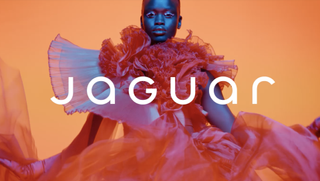
Because alienating a core audience – those who see Jaguar as a timeless symbol of classic British luxury – is risky. For decades, the Jaguar brand has been synonymous with elegance and high-performance engineering. And while all brands should plan ahead for new customers, they should remember that though younger buyers might aspire to luxury, they’re rarely the ones driving immediate sales. Meanwhile, more traditional customers, those who’ve sustained Jaguar for decades, might feel in this instance like a bit of an afterthought.

Another ‘audience’ question links to the brand’s geographic focus. It’s worth saying that judging Jaguar’s shift from a UK-centric perspective misses the point – they may well have their eyes on growth in markets like Asia, with its growing and youthful wealthy class. But that said, ‘Britishness’ still holds equity in the space of luxury car making, and in a market dominated by Italian and German brands, it feels a shame not to have found a way of bringing it to the brand’s core.
Then we have brand activation. A rebrand is an opportunity for a company to tell its story to the world; to show up on people’s radars and reframe perceptions. With Jaguar, we’ve seen plenty of showing up, but very little storytelling. Apart from ‘Copy Nothing’, where was the strategic framing of their pivot? The teaser comms did little to convince. The idea was to be utterly original – yet in execution they fell back on clichés of originality and leant heavily into a representation of originality that saw them sucked into the culture wars.
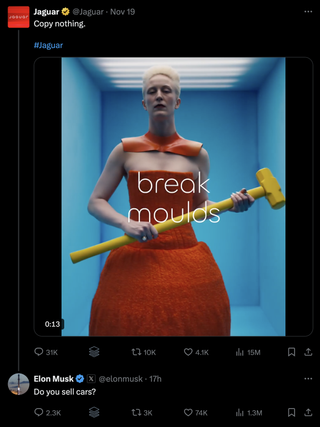
Jaguar hasn’t put the story of who it wants to be front and centre, which is a missed opportunity – people will fill the vacuum with assumptions, which won’t always be in their favour.
That said, it’s all too easy, with EV growth stalling in certain markets and some brands reconsidering their timelines, to cast aspersions on Jaguar’s pivot. But we should remember that at its core, brand and design is about building trust and emotional connection. For Jaguar, the true test isn’t just whether people notice the change (who could have missed it?), but whether they believe in it enough to invest. As the American author and brand strategist Marty Neumeier might have said: don’t just zig when others zag – make sure the zig leads somewhere worth going.
Get the Creative Bloq Newsletter
Daily design news, reviews, how-tos and more, as picked by the editors.

Thank you for reading 5 articles this month* Join now for unlimited access
Enjoy your first month for just £1 / $1 / €1
*Read 5 free articles per month without a subscription

Join now for unlimited access
Try first month for just £1 / $1 / €1
Tim Parker is Brand Strategy Director at global brand and design agency Conran Design Group.
- Daniel JohnDesign Editor
